
Cast: Daniel Day-Lewis Madeleine Stowe Russell Means Eric Schweig Jodhi May
Geners: Action Adventure Drama History Romance War
Director: Michael Mann
Release Date: Aug 26, 1992
In war-torn Colonial America, in the midst of a bloody battle between British, the French and Native American allies, Cora Munro, the aristocratic daughter of a British Colonel and her party are captured by a group of Huron warriors. Fortunately, a group of three Mohican trappers, including Hawkeye, a rugged frontiersman and the adopted son of the Mohicans comes to their rescue. A passionate romance soon blossoms between Cora and Hawkeye, but many forces test their love as they continue to journey through the Frontier.

The Last of the Mohicans is currently not on Netflix. Movies and series tend to come and go quite a lot in the streaming service unless they’re Netflix originals. A Netflix account starts from $9.99 and gives you full access to their library with ad-free viewing.

The Last of the Mohicans isn’t available to watch on Hulu. However, prices for this streaming service currently start at $6.99 per month, or $69.99 for the whole year. For the ad-free version, it’s $12.99 per month, $64.99 per month for Hulu + Live TV, or $70.99 for the ad-free Hulu + Live TV.

No sign of The Last of the Mohicans on Disney+, which is proof that the House of Mouse doesn’t have its hands on every franchise! Home to the likes of ‘Star Wars’, ‘Marvel’, ‘Pixar’, National Geographic’, ESPN, STAR and so much more, Disney+ is available at the annual membership fee…
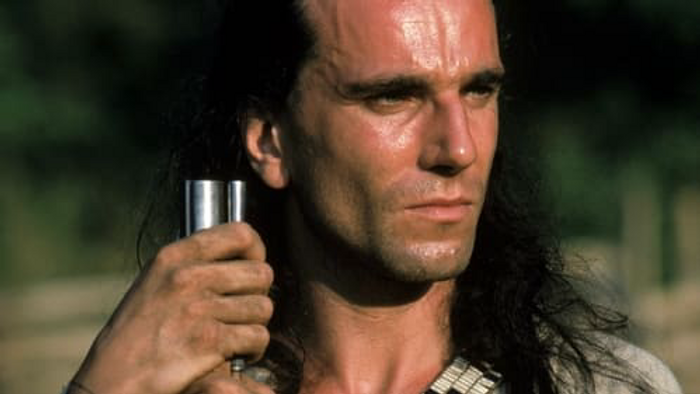
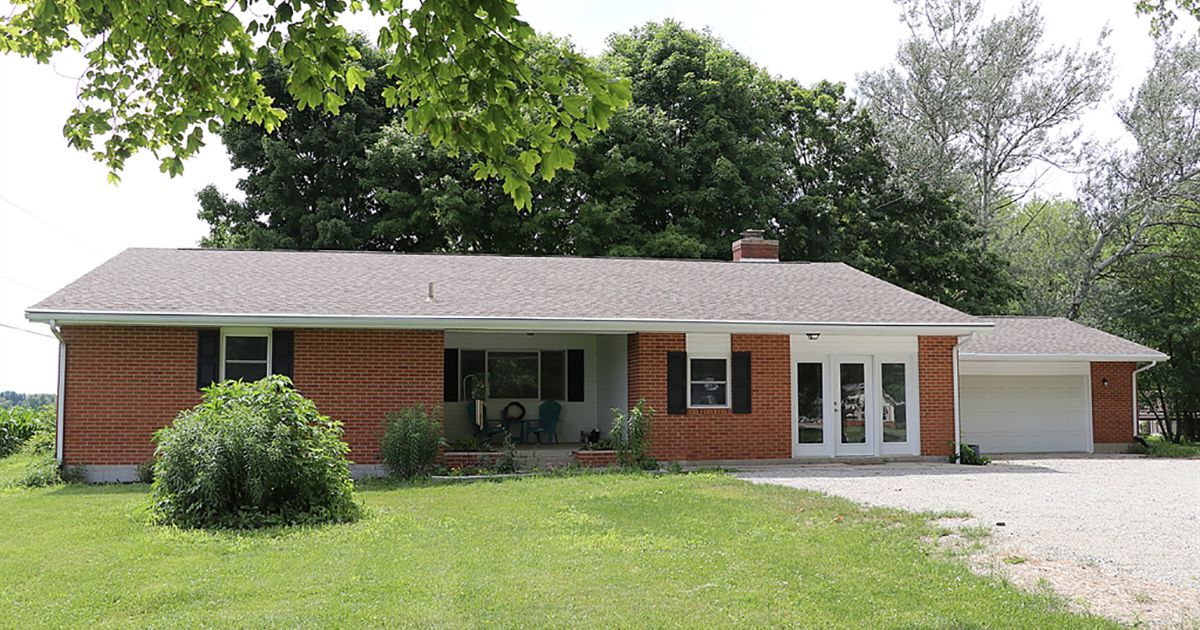

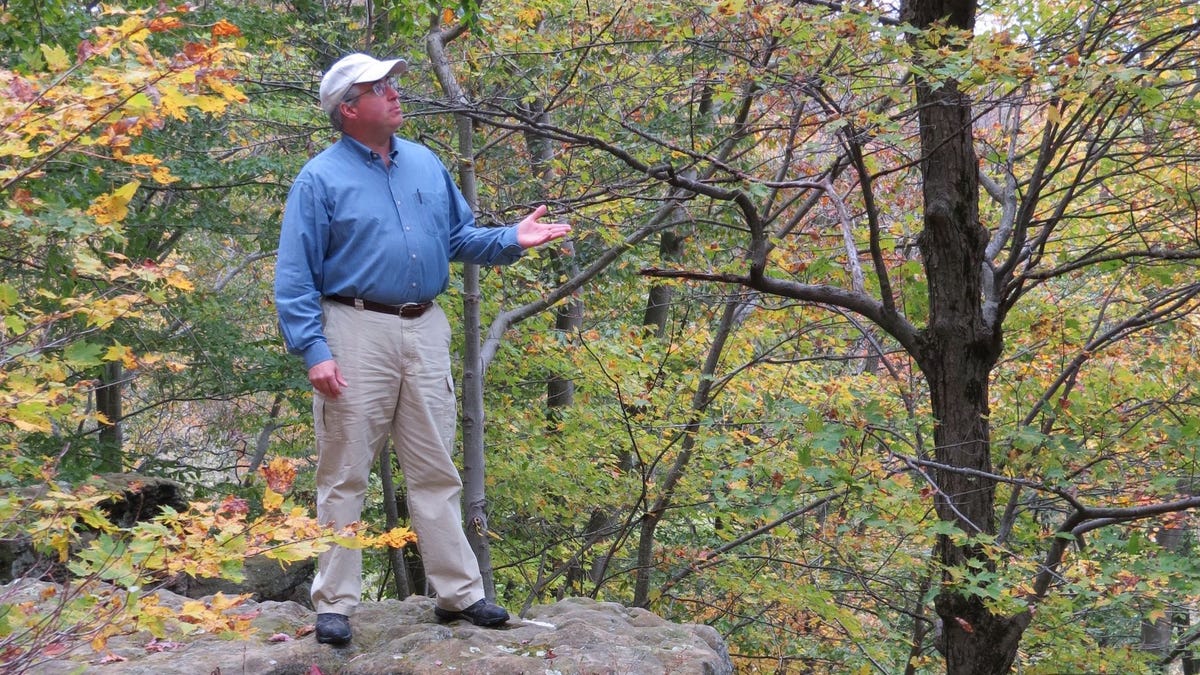

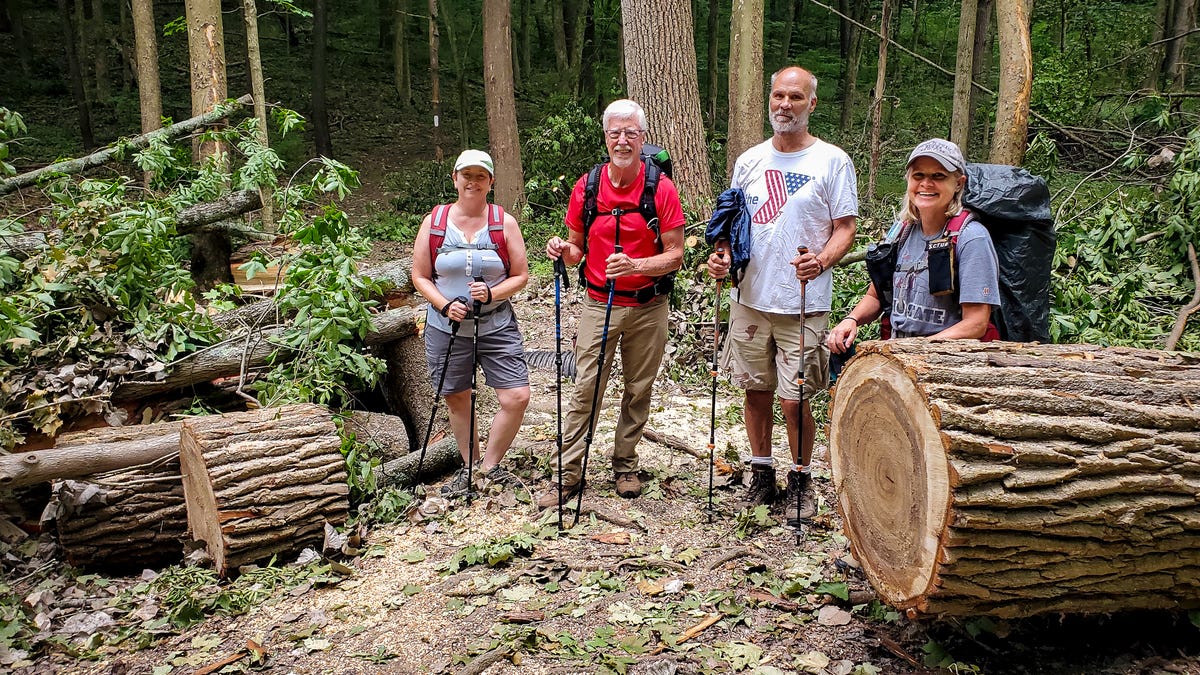
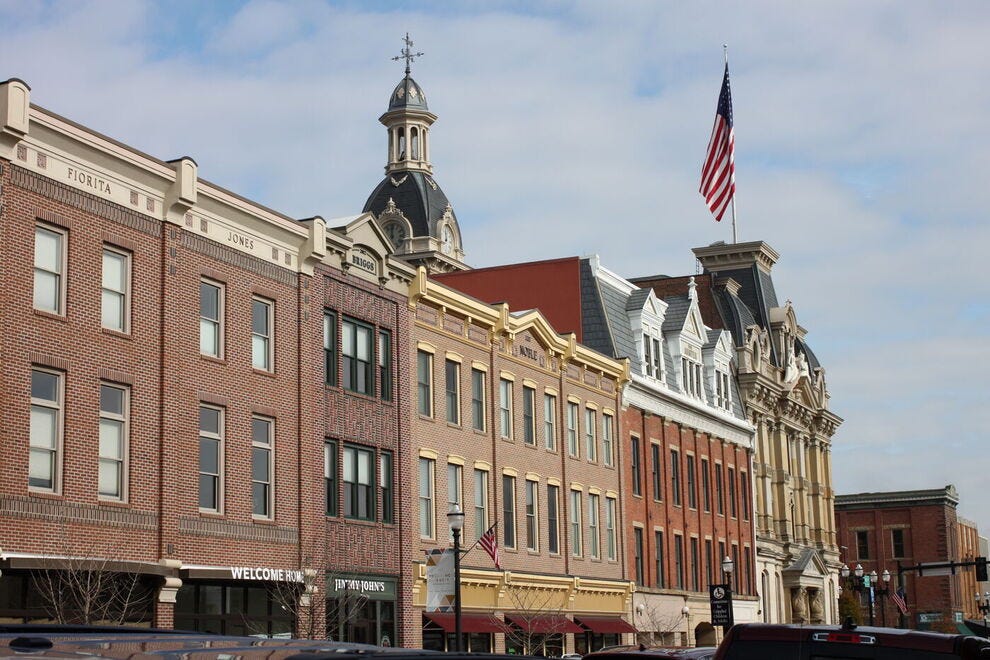
 Mohican Covered Bridge —
Mohican Covered Bridge —  The Mohicans treehouse —
The Mohicans treehouse — 
